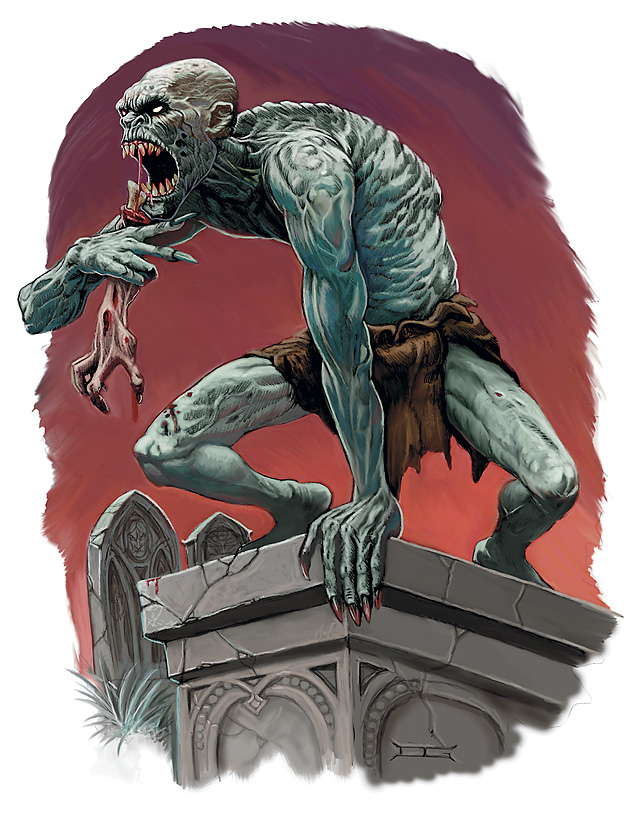Last year some of us cheered with Croatia and some of us laughed with the Arizona Cardinals but now we must create a new trend-setting fantasy league. Welcome to Fantasy Terrible Television.
The Objective
This September Americans will be exposed to a whole new round of entertainment options provided by television networks. Our mission is to determine the success rate of these new offerings even before the general population has seen them or the network executives can see the mistakes they have created.
Victory is determined only by a persons ability to judge how quickly a show will crash and burn. Can we predetermine a show that may be added to the Fantasy Terrible Television Hall of Fame of shows who have been cancelled after a single episode?
The Guidelines
- We will have a draft to select available shows. Following the draft we can sit back and watch the season unfold.
- Shows will score based on news releases that affect their future status on air. There is a predetermined scoring criteria below.
- Shows can hurt your score. If it is announced that my show is getting an order for an additional season this will score against me.
The criteria for eligible shows:
- Series must start and finish between 8PM and 11PM
- Series must be scheduled to air on American Television, this includes all major networks, cable and premium channels but excludes any online-only content via Netflix, etc.
The scoring criteria:
- Shows are eligible to score from the moment they premiere until January 31st 2013.
- If a show is removed from primetime hours entirely it will be considered cancelled for scoring purposes.
- Shows that are returning to the Fall lineup are eligible to score additional bonuses. These are noted by "[1+ Season]".
Positive Scoring:
(+25 pts) - Show is cancelled (removed from air).
- (+1 pt) - per un-aired episode ordered
- (+8 pts) - per previous season [1+ Season]
(+10 pts) - Network announces the series will not be renewed.
(+5 pts) - Series moved mid-season to Friday or Saturday nights.
Negative Scoring:
(-10 pts) Season extended or given full order.
- (-1 pt) - per additional episode
(-5 pts) Series moved mid-season to Thursday nights.
Bonus Scoring:
(+6 pts) First Strike - Series is first show cancelled or part of the first list of shows cancelled by a network. This is a separate bonus active for each individual network.
(+5 pts) Angus T. Jones - A lead actor or actress has a bizarre rant or controversy related to their show.
(+10 pts) Christina Applegate - A lead actor or actress leaves a show prior to any network announcement about the future of a series.
(+25 pts) Charlie Sheen - A lead actor or actress is contractually removed from a show prior to the end of the season.
Note: "Cancelled" in FTT scoring refers to shows that have been removed from the air with episodes that remain unaired. In general, all other uses of "Cancelled" should likely be interpreted as "Not Renewed".
Note: "Cancelled" in FTT scoring refers to shows that have been removed from the air with episodes that remain unaired. In general, all other uses of "Cancelled" should likely be interpreted as "Not Renewed".
Example Scoring from 2012-13 fall line-up:
You may vaguely remember the onslaught of advertisements NBC pushed for this show last summer during the Olympics. NBC thought a cute monkey could save its fall line-up but it was cancelled by November after only six episodes.
Cancelled (+25 pts)
Three un-aired episodes (+3 x 3 pts)
Total: 34 points
ABC originally put in an order for thirteen episodes. In November they announced the series would not be renewed but the remaining episodes would air as scheduled.
Network announces season not renewed (+10 pts)
Total: 10 points
After a relatively successful 2011-12 season, ABC gave it a second season. After a drop off in ratings it was cancelled in January with eight episodes remaining.
Cancelled (+25 pts)
Eight un-aired episodes (+1 x 8 pts)
One previous season on air (+8 pts)
Total: 41 points








